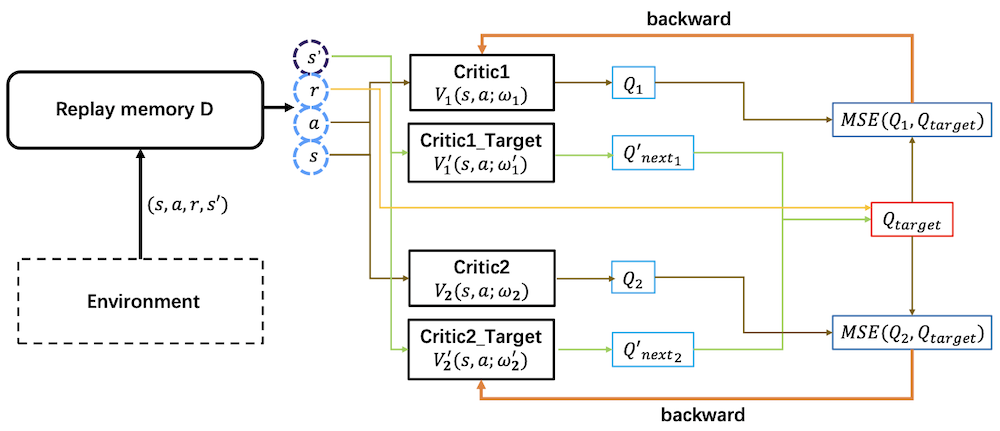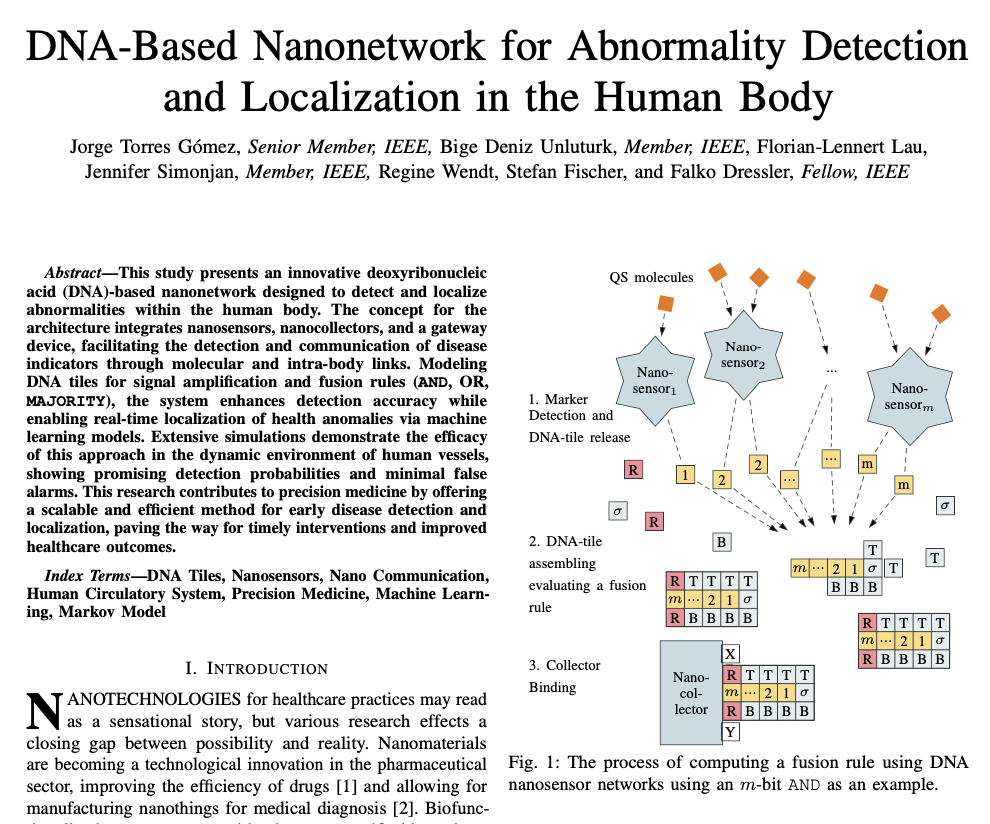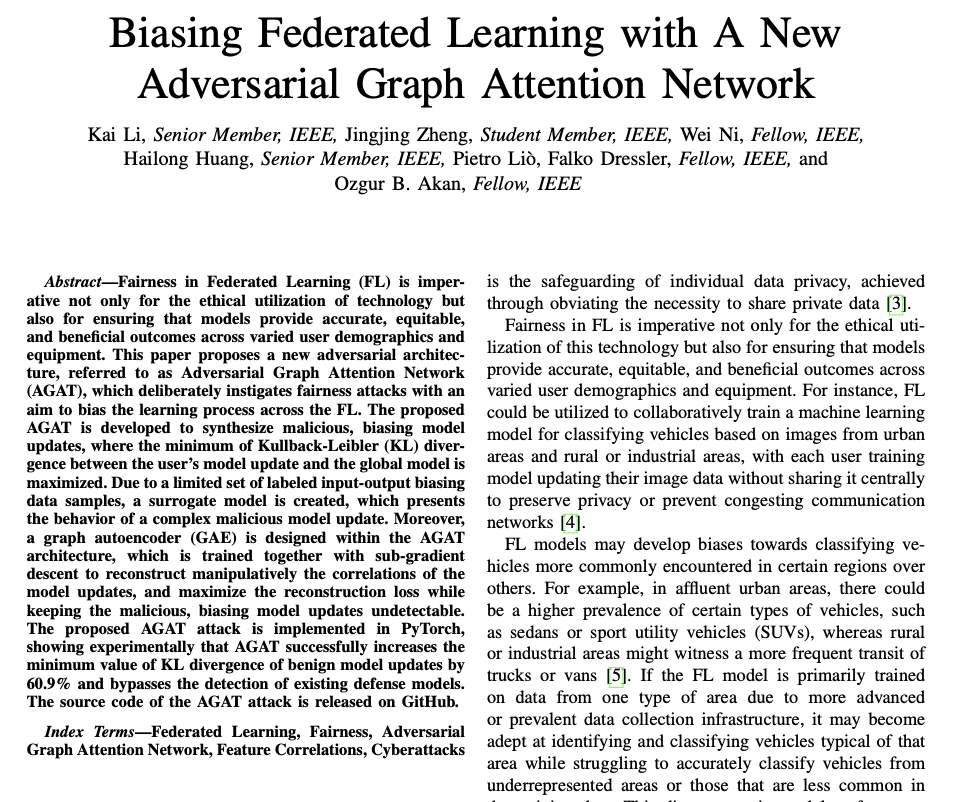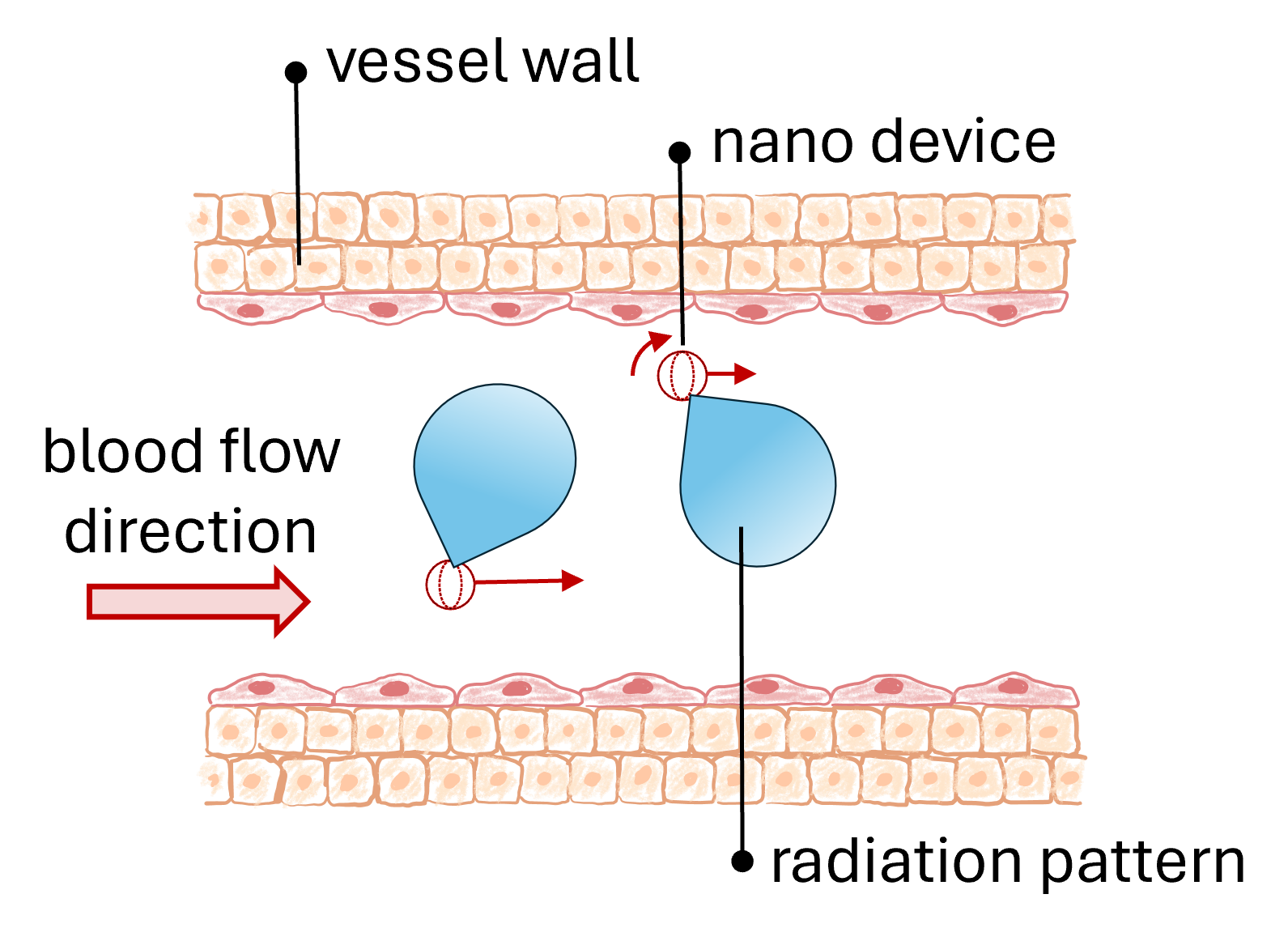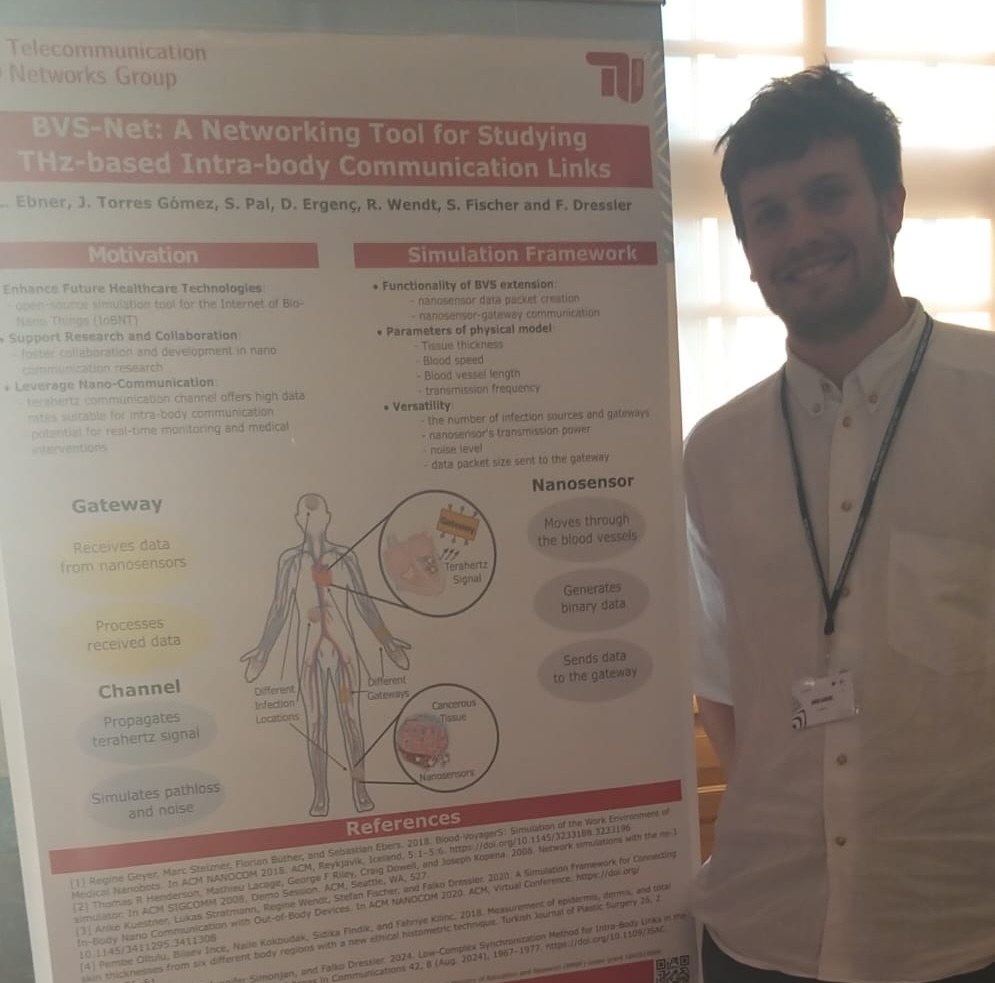Bachelor and Master's Theses
 At this page, we provide some information necessary while writing a thesis. Basically, the same rules can be applied for any other scientific paperwork. We must admit that this information collected here is neither complete nor represents it a general rule set. Nevertheless, we try to keep it up-to-date and comprehensive. If you have comments or suggestions, please drop me a short note.
At this page, we provide some information necessary while writing a thesis. Basically, the same rules can be applied for any other scientific paperwork. We must admit that this information collected here is neither complete nor represents it a general rule set. Nevertheless, we try to keep it up-to-date and comprehensive. If you have comments or suggestions, please drop me a short note.
General rules and hints
- Structure of the document
The main document should be organized as follows. The ratio between the main sections (2.-4.) is 1/3 to 1/3 to 1/3! Regarding the size of the thesis, a rough measure might be 40-70 pages for a bachelor thesis and 70-100 for a master's thesis.- Abstract / Kurzfassung: each about 1/2 page
- How to write an abstract
- Motivation (Why do we care?)
- Problem statement (What problem are we trying to solve?)
- Approach (How did we go about it)
- Results (What's the answer?)
- Conclusion (What are the implications of the answer?)
- 1. Introduction (general motivation for your work, context and goals): 1-2 pages
- Context: make sure to link where your work fits in
- Problem: gap in knowledge, too expensive, too slow, a deficiency, superseded technology
- Strategy: the way you will address the problem
- 2. Fundamentals / environment and related work: 1/3
- comment on employed hardware and software
- describe methods and techniques that build the basis of your work
- review related work(!)
- 3. Developed architecture / system design / implementation: 1/3
- start with a theoretical approach
- describe the developed system/algorithm/method from a high-level point of view
- go ahead in presenting your developments in more detail
- 4. Measurement results / evaluation / discussion: 1/3
- whatever you have done, you must comment it, compare it to other systems, evaluate it
- usually, adequate graphs help to show the benefits of your approach
- caution: each result/graph must be discussed! what's the reason for this peak or why have you observed this effect
- 5. Conclusion: 1 page
- summarize again what your paper did, but now emphasize more the results, and comparisons
- write conclusions that can be drawn from the results found and the discussion presented in the paper
- future work (be very brief, explain what, but not much how)
- References
- all papers and articles used in the thesis must be cited (and each reference must be used in the thesis!)
- a rough number is 20 references for a bachelor thesis and 30-40 for a master's thesis
- avoid to cite web sites
- We highly recommend to use BibTeX for creating the references and citings
- Check out BibDB for managing the collection used papers (and to browse available papers)
- Further information: IEEE Rules, BibTeX
- Abstract / Kurzfassung: each about 1/2 page
- Writing style
- Avoid passive voice, active voice is easier to read. There is nothing wrong saying I (or we) did it
- Avoid negative sentences: write in a positive (affirmative) voice, they are easier to understand.
- Always use vector graphics for figures (PDF, EPS, ...)
- Last minute checks
- Did I spell out the main points of the interpretation of results?
- Are all equations, figures, tables numbered?
- Do all graphs, tables, diagrams have descriptive captions?
- Are all axes and scale carefully chosen to show the relevant effects?
- Are all axes labelled? Do the labels include the measurement units?
- Are citations in the caption (if a graph is borrowed)?
- Did I spell out the main points of the interpretation of results?
Further reading
- Some Advice on Writing a Technical Report
- Ein sehr schöner Überblicksartikel von Henning Schulzrinne zum Aufbau eines Papers.
- Die Webseite des Computer Science Research Methods and Writing Workshop der Iowa State University Sehr schöne Sammlung von Links zum Thema Forschen, Lesen, Schreiben, ...
- Writing Exercises for Engineers and Scientists Eine Reihe von Frage-Antwort-Selbsttest zu einfacher und fortgeschrittener englischer Grammatik, Zeichensetzung, Wortwahl, etc., mit Diskussionen typischer Fehler.
- Advice on Research and Writing
- Computer Science Student Resource Site
Last modified: $Id: info.shtml 6408 2020-05-31 14:14:55Z dressler $

